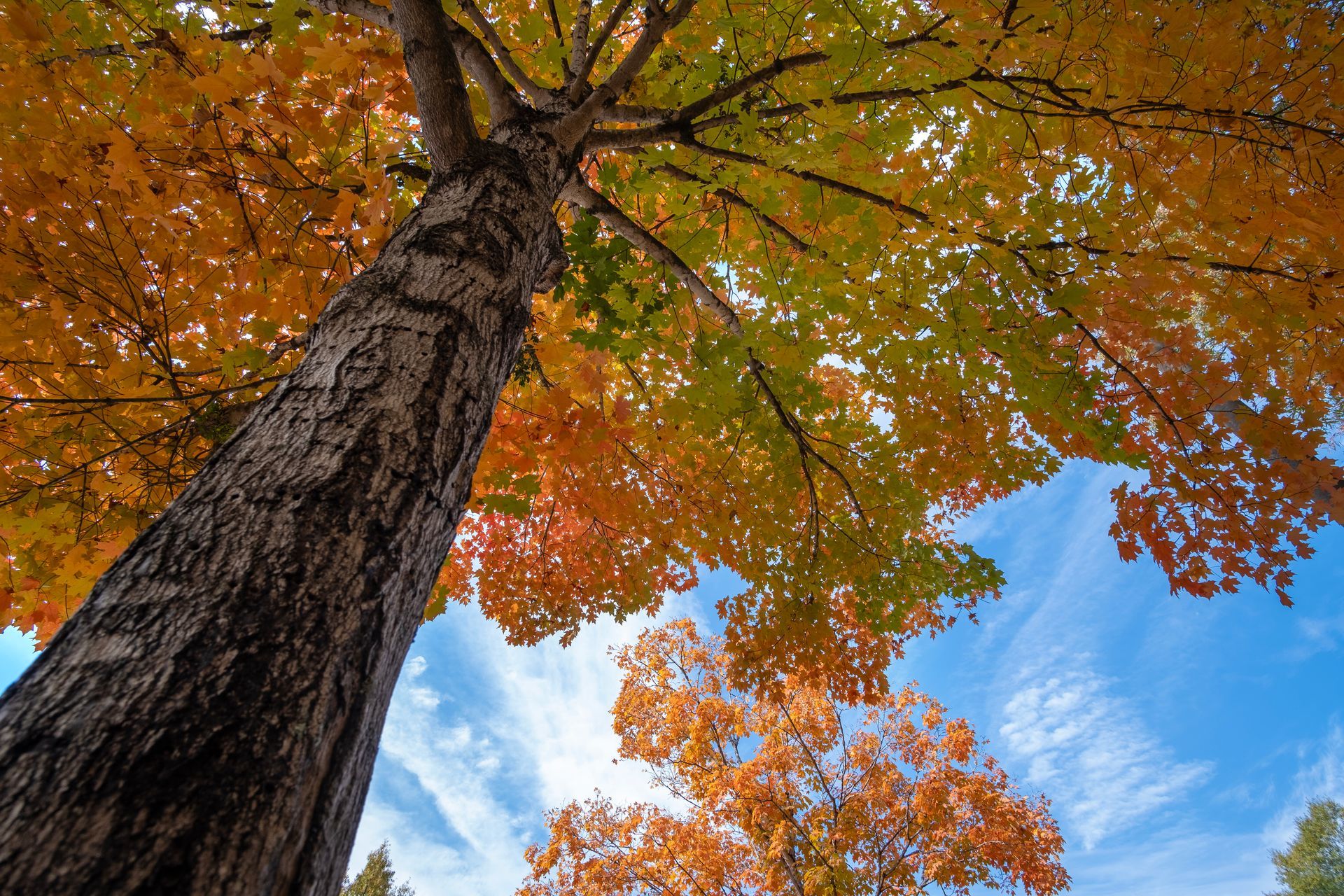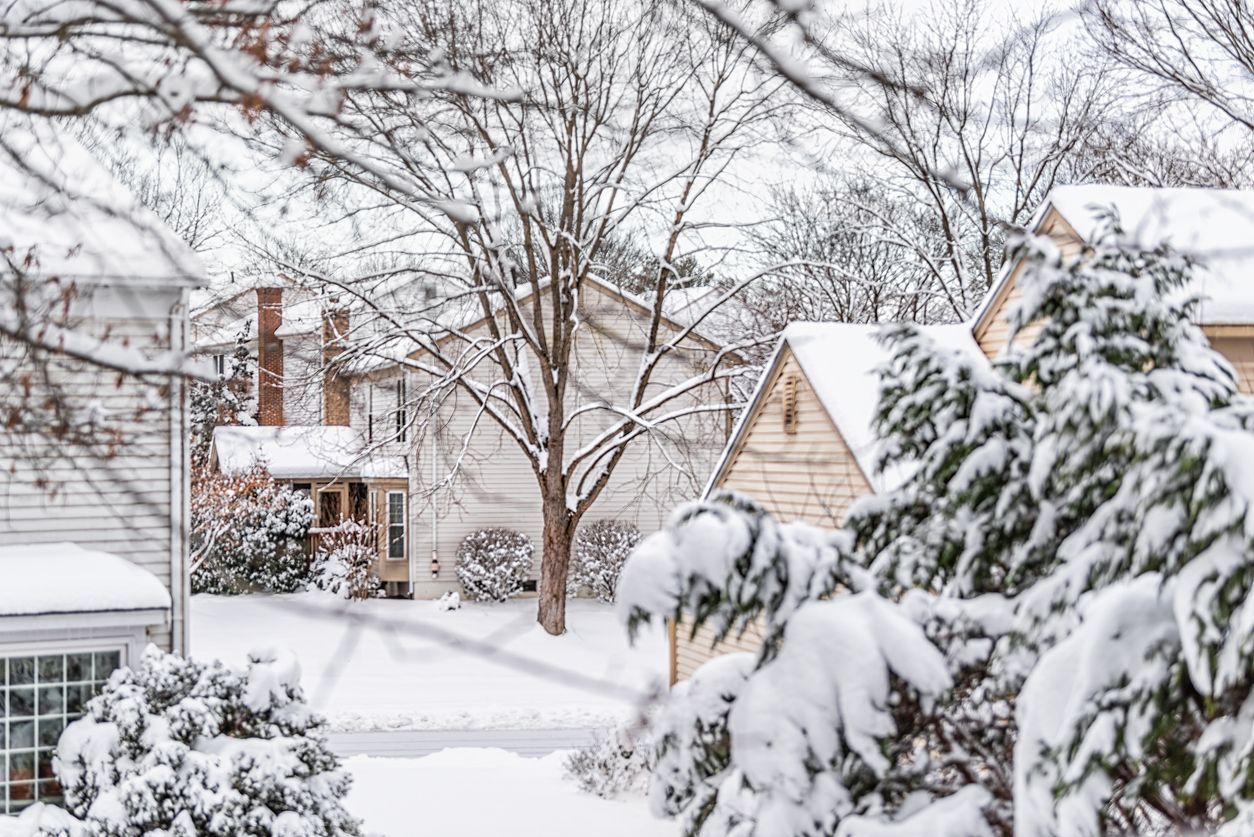Winter Pruning: The Best Time to Trim Your Trees

As the temperatures drop and leaves fall, many homeowners put away their gardening tools and prepare for hibernation. However, there is one important task that should not be forgotten: winter tree trimming. While it may seem counterintuitive to trim trees when they are dormant, there are actually several benefits to doing so. Here are just a few of the reasons why winter is the best time to trim your trees:
1. Reduced Risk of Winter Damage
Dead, diseased, or damaged branches are more likely to break off during winter storms. By removing these branches in the fall or early winter, you can help to prevent damage to your home, property, and yourself.
2. Reduced Risk of Disease and Pests
When trees are dormant, they are less susceptible to diseases and pests. This is because the sap is not flowing, making it more difficult for pathogens to enter the tree. Additionally, many insects are dormant during the winter, so they are less likely to be attracted to your trees.
3. Improved Wound Healing
Trees are able to heal from pruning wounds more quickly during the winter months. This is because they are not actively growing, so they can focus their energy on healing. As a result, winter pruning will help your trees recover more quickly and be less susceptible to disease.
4. Better Visibility of Tree Structure
When trees are bare, it is easier to see their structure and identify any potential problems. This makes it easier to remove dead, diseased, or damaged branches, which will help to improve the overall health and appearance of your trees.
5. Enhanced Airflow and Sunlight Penetration
Pruning your trees in the winter will help to increase airflow and sunlight penetration to the interior of the canopy. This will promote new growth and make your trees more resistant to pests and diseases.
6. Reduced Stress on Trees
Pruning trees during the growing season can stress them out, making them more susceptible to disease and pests. Winter pruning is less stressful on trees, as they are not actively growing.
7. More Efficient Use of Resources
When you prune trees in the winter, you are not wasting their energy resources. The energy that would have been used to grow leaves and branches can be stored and used for new growth in the spring.
Winter pruning is an important part of tree care. By hiring Brown's Tree Care to trim your trees while they are dormant, you can help them to grow healthy and strong for years to come.
Call Brown's at
479-273-0202 for expert winter tree trimming. Estimates are free.




